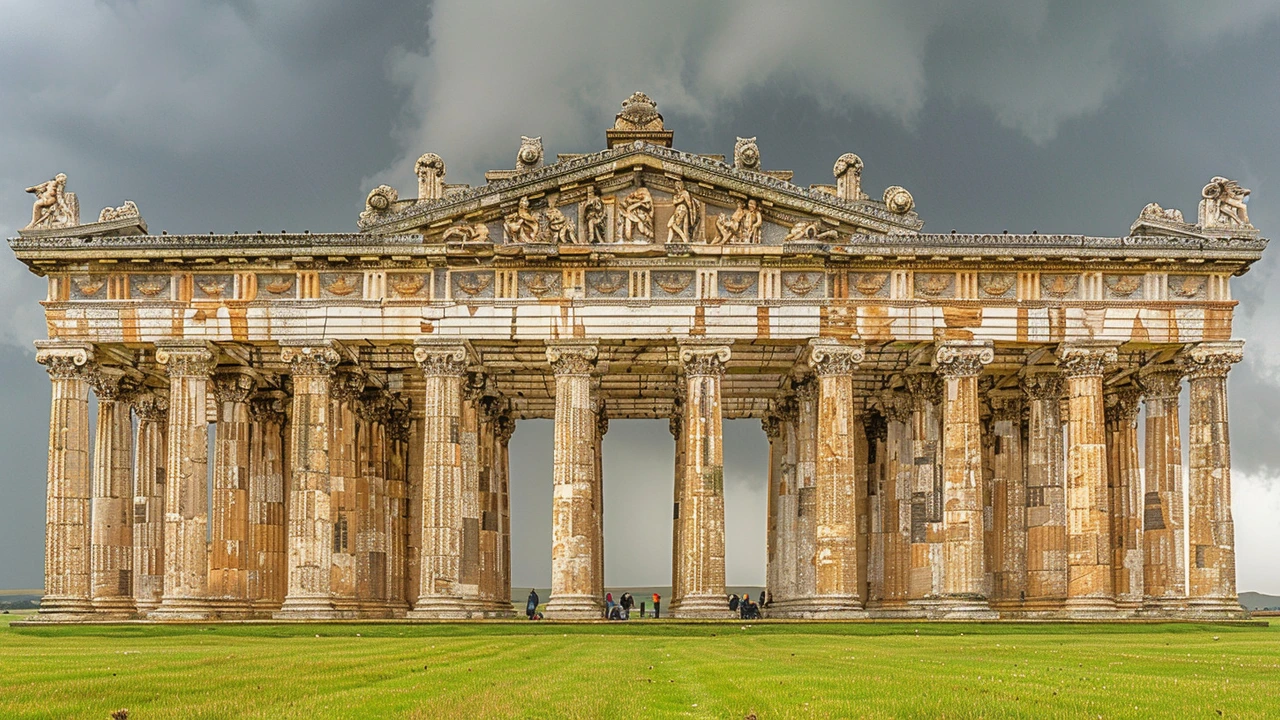Building Styles: How to Spot and Use Them
Want to recognize a building’s style fast? This page collects clear, practical notes on popular building styles—Ancient Roman, Byzantine, Gothic Revival, Greek Revival, Colonial, Craftsman, Beaux-Arts, Art Nouveau, Modern movements and more. Each short description helps you spot defining features and gives one quick idea for using that style in real life.
Knowing a style isn’t about memorizing dates. It’s about a few visual clues: roof shape, window type, ornament, and overall feel. Below are simple markers for several major styles you’ll find across our articles on this tag page.
Quick ID guide: visual clues
Ancient Roman — big arches, domes, vaults, stone or concrete walls. Think Colosseum and aqueducts; watch for rounded arches and engineering-forward structures.
Byzantine — central domes, shimmering mosaics, and rich interior light. Look for compact plans and decorative gold-influenced surfaces.
Gothic Revival — pointed arches, tall spires, stained glass, and vertical drama. It feels upward and ornate.
Greek Revival — big columns, pediments, white facades. It borrows temple forms and symmetry.
Colonial & Dutch Colonial Revival — symmetrical facades, simple windows; Dutch versions often show gambrel roofs and cozy proportions.
American Craftsman — low-pitched roofs, exposed woodwork, built-in details. It’s honest, handcrafted, and homey.
Beaux-Arts & Renaissance Revival — grand symmetry, classical details, decorative sculpting. These read as formal and elegant in public buildings.
Romanesque — thick stone walls and rounded arches. It feels heavy and sturdy, often used on old churches.
Baroque & Rococo — dramatic curves, bold ornament, and playful interiors (Rococo is lighter and more decorative). They aim to impress.
Art Nouveau — flowing lines, nature-inspired motifs, and a decorative, handcrafted look on facades and details.
Expressionist — wild forms and emotion-driven shapes; buildings can look sculptural or dreamlike.
Postmodern — playful mixes of historic references, color, and unexpected shapes. It often winked at old rules.
How to use these styles today
Travel tip: pick a style before you visit a city and focus your walk on those features—arches, columns, or rooflines. You’ll notice details most people miss.
Design tip: borrow one clear element—like a Greek column, Craftsman woodwork, or Art Nouveau metalwork—and mix it into a modern space. That keeps the look fresh without overdoing it.
Restoration tip: start with structure. If the roofline or windows match an original style, keep those first. Add decorative layers later to restore the building’s character without breaking the budget.
If you want deeper reads, check the linked articles on this tag page for focused examples, travel tips, and restoration advice for each style. Use these short IDs to explore the posts that interest you most.

Exploring the Beauty and History of Greek Revival Architecture
This article delves into the captivating world of Greek Revival architecture, a design style that mimics the grandeur of ancient Greek structures. It discusses the origins, characteristics, and enduring influence of this architectural style in modern designs. The article also provides insights on how to identify Greek Revival features and their significance in the historical context of architecture.
Read more